Related Research Articles
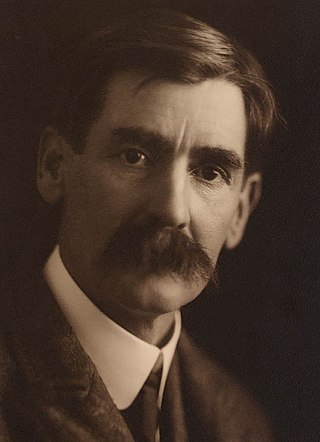
Henry Archibald Hertzberg Lawson was an Australian writer and bush poet. Along with his contemporary Banjo Paterson, Lawson is among the best-known Australian poets and fiction writers of the colonial period and is often called Australia's "greatest short story writer".
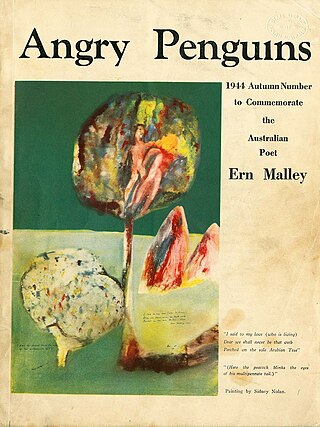
The Ern Malley hoax, also called the Ern Malley affair, is Australia's most famous literary hoax. Its name derives from Ernest Lalor "Ern" Malley, a fictitious poet whose biography and body of work were created in one day in 1943 by conservative writers James McAuley and Harold Stewart in order to hoax the Angry Penguins, a modernist art and literary movement centred around a journal of the same name, co-edited by poet Max Harris and art patron John Reed, of Heide, Melbourne.

Irish poetry is poetry written by poets from Ireland, politically the Republic of Ireland and Northern Ireland today. It is mainly written in Irish, though some is in English, Scottish Gaelic and others in Hiberno-Latin. The complex interplay between the two main traditions, and between both of them and other poetries in English and Scottish Gaelic, has produced a body of work that is both rich in variety and difficult to categorise.

Gwen Harwood was an Australian poet and librettist. Harwood is regarded as one of Australia's finest poets, publishing over 420 works, including 386 poems and 13 librettos. She won numerous poetry awards and prizes, and one of Australia's most significant poetry prizes, the Gwen Harwood Poetry Prize is named for her. Her work is commonly studied in schools and university courses.
Bruce Victor Beaver was an Australian poet and novelist.
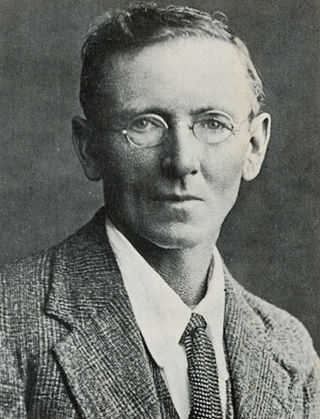
John Shaw Neilson was an Australian poet. Slightly built, for most of his life he worked as a labourer, fruit-picking, clearing scrub, navvying and working in quarries, and, after 1928, working as a messenger with the Country Roads Board in Melbourne. Largely untrained and only basically educated, Neilson became known as one of Australia's finest lyric poets, who wrote a great deal about the natural world, and the beauty in it.

William Manhire is a New Zealand poet, short story writer, emeritus professor, and New Zealand's inaugural Poet Laureate (1997–1998). He founded New Zealand's first creative writing course at Victoria University of Wellington in 1975, founded the International Institute of Modern Letters in 2001, and has been a strong promoter of New Zealand literature and poetry throughout his career. Many of New Zealand's leading writers graduated from his courses at Victoria. He has received many notable awards including a Prime Minister's Award for Literary Achievement in 2007 and an Arts Foundation Icon Award in 2018.

John Ernest Tranter was an Australian poet, publisher and editor. He published more than twenty books of poetry; devising, with Jan Garrett, the long running ABC radio program Books and Writing; and founding in 1997 the internet quarterly literary magazine Jacket which he published and edited until 2010, when he gave it to the University of Pennsylvania.
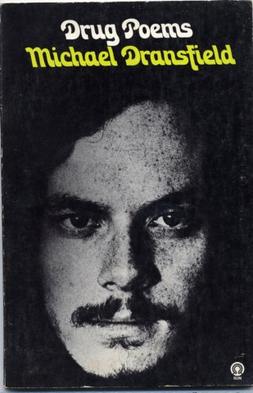
Michael Dransfield was an Australian poet active in the 1960s and early 1970s who wrote close to 1,000 poems. He has been described as "one of the most widely read poets of his generation."

Leslie Allan Murray was an Australian poet, anthologist and critic. His career spanned over 40 years and he published nearly 30 volumes of poetry as well as two verse novels and collections of his prose writings.
Thomas William Shapcott is an Australian poet, novelist, playwright, editor, librettist, short story writer and teacher.
Patrick Galvin was an Irish poet, singer, playwright, and prose and screenwriter born in Cork's inner city.

Helen Adam was a Scottish poet, collagist and photographer who was part of a literary movement contemporaneous to the Beat Generation that occurred in San Francisco during the 1950s and 1960s. Though often associated with the Beat poets, she would more accurately be considered one of the predecessors of the Beat Generation.
Rodney Hall AM is an Australian writer.
Performance poetry is poetry that is specifically composed for or during a performance before an audience. During the 1980s, the term came into popular usage to describe poetry written or composed for performance rather than print distribution, mostly open to improvisation. From that time performance poetry in Australia has found new venues, audiences and expressions.
David Gordon Brooks is an Australian poet, novelist, short-fiction writer and essayist. He is the author of four published novels, four collections of short stories and five collections of poetry, and his work has won or been shortlisted for major prizes. Brooks is a highly intellectual writer, and his fiction has drawn frequent comparison with the writers Italo Calvino and Jorge Luis Borges.

James Brunton Stephens was a Scottish-born Australian poet, and author of Convict Once.
Michael Sharkey is an Australian poet, resident in Castlemaine in the goldfields region of Victoria.
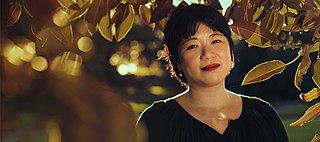
Eileen Chong is an Australian contemporary poet.
The Gargoyle Poets Series were a series of Australian poetry chapbooks published by Makar Press from 1972-1980 and edited by Martin Duwell. Makar magazine produced four issues a year and from 1972 onward one issue was replaced with three small books from the Gargoyle Poets Series. The series consisted of thirty-seven books of poetry between twenty and thirty-six pages in length.